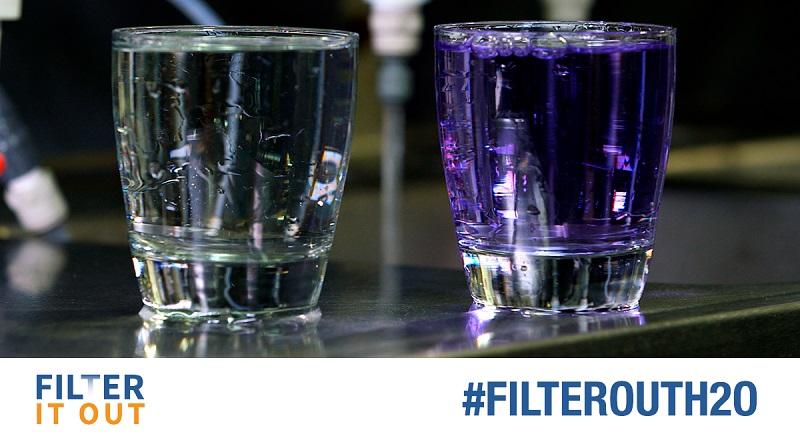
Over the past few years, appliance manufacturers have made sous vide cooking, once the exclusive domain of high-end restaurants, available to anyone who wants to add the unique technique to their cooking repertoire. Sous vide involves sealing food in a plastic bag and cooking it in heated water. This allows the food to be cooked at a constant, precise temperature.
While sous vide is beloved among steak aficionados for its ability to produce precisely cooked cuts, it can be used on all types of foods, including other meats, vegetables, seafood, eggs and desserts.
We caught up with Derek Gaughan, who runs the product-review and recipe website Sous Vide Guy, for a talk on the growth in sous vide cooking, its benefits and how home cooks can get started.
“The process has been around for quite a long time, but for the longest time it was expensive to create and use,” Gaughan said. “Since about 2012, competition has been increasing, with more manufacturers coming out with products, prices going down, and features increasing.”
These days, sous vide cooking at home is most likely to involve one of two appliances: an immersion circulator that keeps water at a precise temperature, or an all-in-one sous vide machine that holds both the water and the food.
“The all-in-one machines take up a little more space, but you have everything you need,” Gaughan said. “The immersion circulators can fit right in a drawer.” However, you’ll also need a container for the water if you opt to use an immersion circulator. Gaughan recommends polycarbonate containers. When choosing a container, keep the size of the meals you’ll be preparing in mind.
Food is cooked in a sealed plastic bag, which allows it to hold on to its natural juices and flavor. While many opt to add a vacuum sealer to their sous vide toolbox, Gaughan says a heavy-duty sealable freezer bag will do the trick.
So what’s a good food to start with for those looking to dive into the sous vide pool? “You have to start with steak,” Gaughan said. “When you cut into the steak, it’s the same color throughout. My particular favorite is tri-tip. It’s usually cheaper per pound because it’s a tougher cut, but sous vide makes it more tender.”
The rise in popularity of sous vide has given way to new appliance features, including Bluetooth connectivity. “You can start cooking, turn on the device and monitor the temperature from your phone, look up recipes, or instantly set the temperature according to the recipe,” Gaughan said. “Some people fill their water bath full of ice in the morning, then turn their device on through WiFi when they’re about to leave work.” Other sous vide devices are now integrating voice controls, Gaughan said.
What’s the best way to get started? “Grab a cookbook,” Gaughan said. “When you first get a sous vide device, it’s odd, because you’ve never cooked something by just placing it in water. Read up on it before you do it. Read about the pasteurization temperatures. It’s a lot easier than you think.”
The Sous Vide Guy’s recipe for corned beef is a great way to celebrate St. Patrick’s Day.
Have you tried sous vide cooking? Let us know your favorite dishes to prepare.



